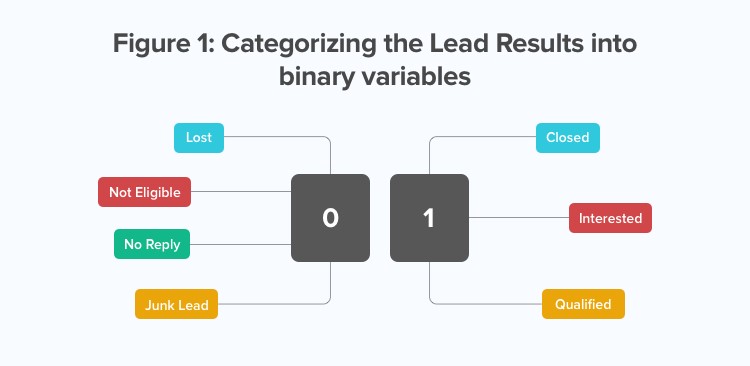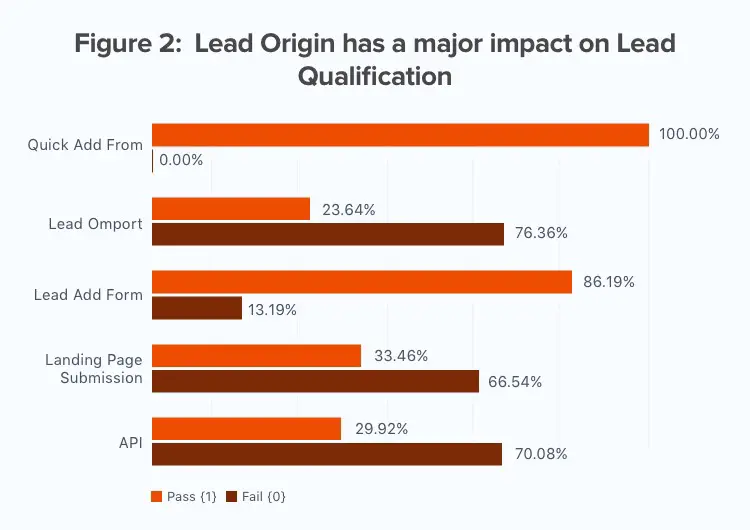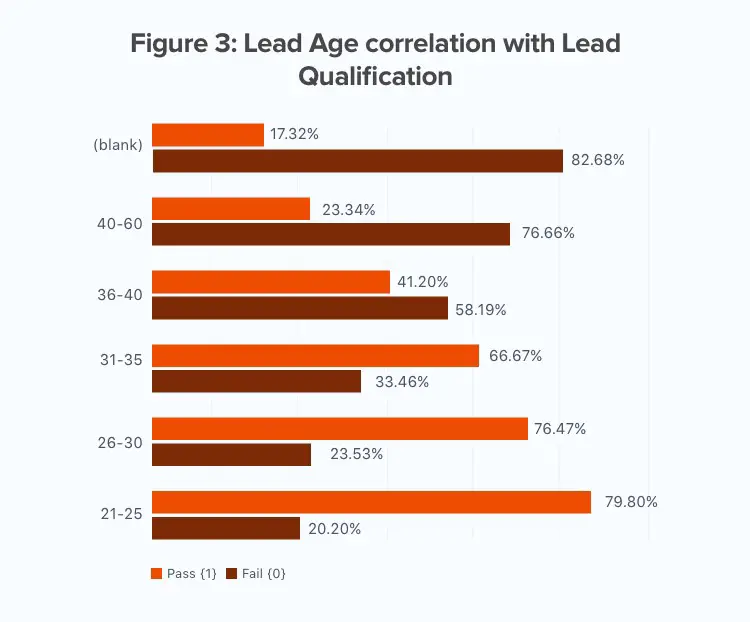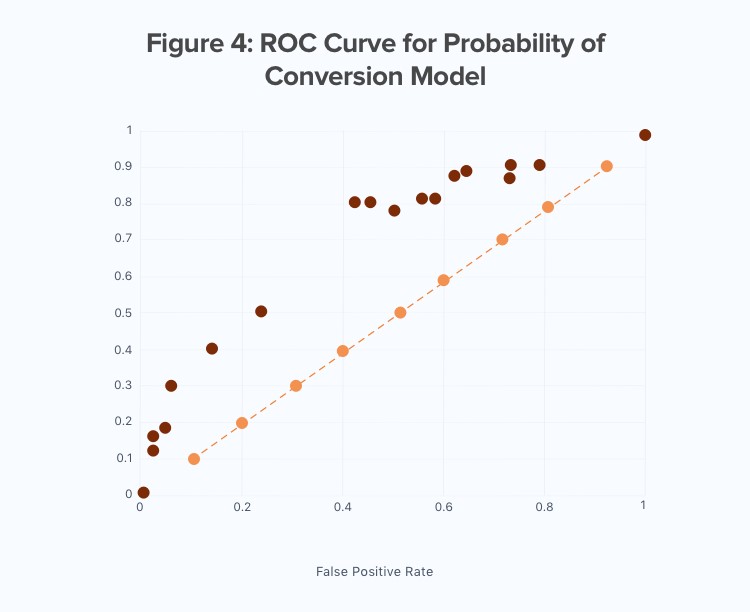How to Use Data Science to Boost Sales

Marketers need to uncover the right strategies to deploy data science for businesses to boost their sales as never before.
We need marketers and sales leaders to stop thinking of data science as a beast, a complicated, multifaceted discipline loaded with complex algorithms, massive data sets, and mind-numbing use of statistical methods. One does not require a degree in electronics to operate a computer, do you?
Instead, let us change the view and explore how businesses can use it to drive sales.
Lead Qualification
Often, sales teams spend much of their efforts on the leads that yield no positive results. Having multiple leads daily, marketers struggle to prioritize the leads and often end up spending time on the ‘wrong’ leads that cannot be rightly qualified as potential prospects while the real ones get sidelined.
This is where data science plays a huge role by bringing in what’s effective ‘Lead Qualification.’ Lead qualification means determining whether or not someone interested in your services is a good fit as a customer.
Qualified leads have a higher Conversion Rate and a higher ROI, thus making lead qualification indispensable. Data science enables marketers ineffective the ‘Lead qualification’ using PoC (The Probability of Conversion), which helps sales prioritize the ‘right’ leads.
PoC (The Probability of Conversion)
PoC is essentially assigning probabilities to the leads based on the information gathered during lead creation.
Assigning probabilities allows marketing & sales executives to easily differentiate the leads with higher conversion rates from lower conversion rates. More importantly, this helps sales executives prepare for the best of the pipeline so that they can sell more.
Let’s look in detail how data science is used for PoC and thereby for lead qualification:
Data Collection and Analysis in PoC
Data collection and analysis is a crucial element of PoC. Data collected appropriately and analyzed efficiently can do wonders in figuring out the probability of converting various leads. The example below best illustrates this exercise.
The data under investigation at a management school contained around 9000 records on the prospective leads. The fields had different lead attributes as below:
- Lead Origin – How did the Lead get created i.e. Landing Page Submission, Lead Add Form, Lead Import, etc.
- Lead Channel – How did the lead arrive at the school website i.e. Google, Organic Search, Direct Referral sites, etc.
- Location – Current City of the Lead
- Current Occupation – Current Occupation of the Lead
- Age – Age of the lead seeking admission in the college
- Lead Result – Final result of Lead persuasion. “Lead Result” is the deciding factor that would drive the probability of conversion. However, the variable was categorical non-dichotomous. Therefore, Lead Result was converted into a binary variable by classifying the result into 0 or 1 as shown in the diagram.

After a detailed analysis of this data, it was found that the lead attributes of the 9000 records show a significant correlation with the deciding variable, ‘Lead Result’. Figure 2 shows that the Lead Origin attribute has a significant impact on whether the qualification of a lead.

Additionally, it was found that a Lead’s age has a significant impact on deciding whether a lead would get converted into a real opportunity or not. (As shown in Figure 3)
It is worth noting that the Leads who do not wish to mention their age are less likely to qualify.

The above data analysis shows critical relationships between various lead attributes and the lead qualification, thus setting the stage right for figuring out the PoC of multiple leads. The PoC model below further details the path of application of data science in Lead Qualification.
The Application of the PoC Model
The PoC model uses a critical element of data science, machine learning technology, to predict every lead’s conversion probability. When multiple attributes are interacting, leveraging machine learning capabilities becomes inevitable.
First, Apply the PoC Model
Typical machine learning algorithms, including random forests and logistic regression are used to predict the conversion of the leads.
In the lead example discussed in the previous section, since the dependent variable is binary (Lead Result), when we want to determine the probability of a Lead to qualify, the Logistics Regression (best used for dependent variables) is a perfect fit.
This PoC model, when applied to our lead example, gave the accuracy of 75% that is achieved by comparing the observed Fail (0) and Pass (1) against the predicted Fail (0) and Pass (1). Accuracy of 75% can be interpreted as out of 100 leads received, and the model can rightly predict on 75 leads whether they should be pursued or ignored.
Second, Test the Accuracy of the PoC Model
Another way to test the model accuracy is to look at the ROC (Receiver Operating Characteristics) Curve. The greater the Area Under Curve (AUC), the better the model is. Figure 4 shows the ROC curve for the PoC model wherein the AUC is higher than 50% (indicated by the orange line, bifurcating the graph area into two halves).

Thus, with the application of data science in the PoC model, the Probability of Conversion of various leads can be figured out effectively. Let’s look at some of the key benefits of using PoC for Lead Qualification.
The Key Benefits of The PoC Model
The direct tangible benefit of utilizing the PoC model is that it enables the sales executives to identify the ‘right leads’ to pursue, bringing higher conversion rates for the enterprise.
Additionally, the intangible benefits of the PoC model are many like:
- Increased operational efficiency – When sales executives know which leads to focus on, they save time by discarding the cold leads
- Better Return on Investment – When sales executives focus on the right leads with a higher probability of adding business and revenue, organizations see higher revenue growth rates with less investment.
- Employee Satisfaction- Since the sales executives focus on the right leads with higher chances of conversion, their morale is boosted, and they feel motivated and confident at work.
Final Thoughts
Probability of Conversion (PoC) is a critical technique that can help marketers and sales leaders improve the sales pipeline and focus on the right set of leads.
In addition, the benefits of PoC can be extended to many other domains like retail, banking, IT, telecom, wherein sales leaders usually look only at the CRM data to identify the right set of attributes for leads to achieve a higher conversion rate.






















